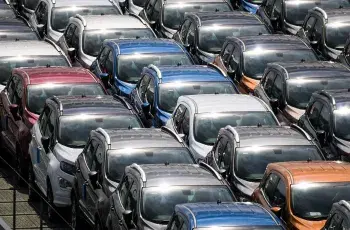sprel.tech is a technology company focused on innovative solutions for the auto transport industry. With their expertise in creating advanced logistics and transportation management tools, sprel.tech offers products designed to streamline operations for auto transport brokers...
Recommended articles
Car shipping costs fluctuate due to a range of factors, including weather conditions, vehicle types, distance, and the state of the global economy. In 2025, prices are expected to see both seasonal variations and broader industry shifts. This guide explores these factors and how...
When it comes to versatility, capability, and ruggedness, few vehicles can compete with the pickup truck. From hauling heavy loads to navigating rough terrains, trucks have become a staple in American households, appealing to both work-oriented and leisure-focused drivers.
With a...
sprel.tech is a technology company focused on innovative solutions for the auto transport industry. With their expertise...
Car shipping costs fluctuate due to a range of factors, including weather conditions, vehicle types, distance, and the...
When it comes to versatility, capability, and ruggedness, few vehicles can compete with the pickup truck. From hauling...
The logistics of transporting Formula 1 (F1) cars is an intricate and highly coordinated process, ensuring that multi...
Buying a car is a significant investment, and where you buy it can have a huge impact on the overall cost. Certain...
As the world shifts toward more sustainable practices, the future of gasoline-powered vehicles is a growing concern...






